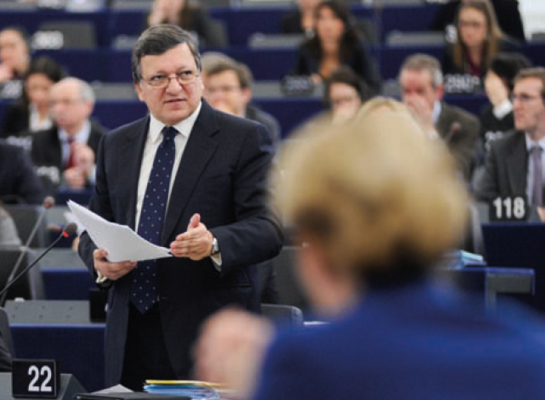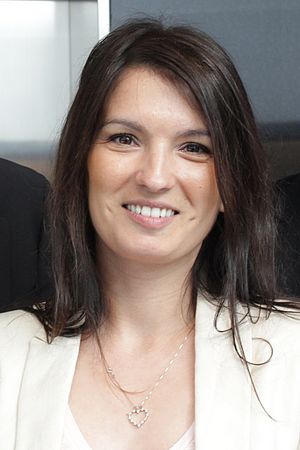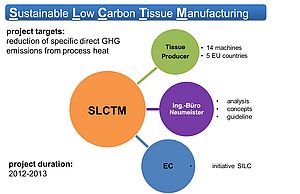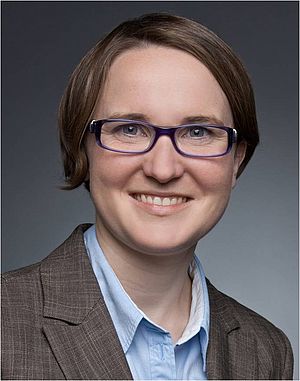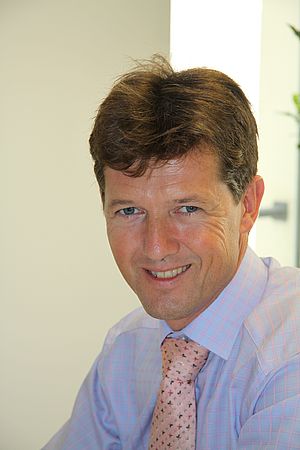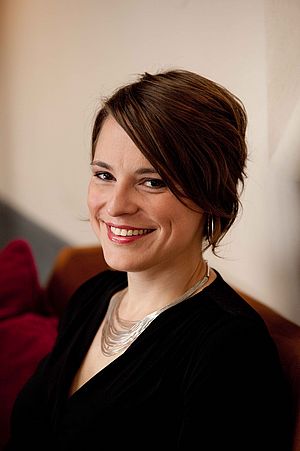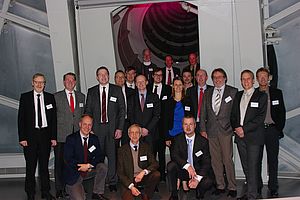There are daily announcements on the comings and goings of the proposed Energy Efficiency Directive (see energyindemand.com for information on the draft Directive and the approval process). The draft Directive has a major emphasis on buildings, of which many of them are in the commercial and industrial sectors, and there are also proposals for mandatory industrial audits and promoting energy management systems in small and medium-sized industries. There is also a significant section on co-generation that also affects industry. One day the Parliament comes out with more ambitious proposals. The next days there are rumblings from Member States that proposals are unworkable or the timing is bad because of the current financial crisis.
The directive has a major challenge because it is designed to help Europe meet its target for a 20% energy savings by 2020. Commission estimates show that Europe is only on track to meet half the target and new measures are undoubtedly needed.
The elephant in the room is the question of money: where does the funding come from? On the one hand, the measures are considered to be cost effective and thus it is in the interest of consumers to take such action. However, energy efficiency invest-ments can often have a high up-front cost, making it difficult to justify such expendi-ture in a fragile economic situation.
Two funding mechanisms are highlighted in the draft proposal. The first concerns, according to the Commission proposal, setting up an "energy efficiency obligation scheme. This scheme shall ensure that either all energy distributors or all retail energy sales companies operating on the Member State's territory achieve annual energy savings equal to 1.5% of their en-ergy sales, by volume, in the previous year in that Member State excluding energy used in transport. This amount of energy savings shall be achieved by the obligated parties among final customers."
The second is through the promotion of energy service companies and energy per-formance contracting, which have a good track record for financing energy efficiency measures in businesses. E.g. Siemens is us-ing its Financial Service Division to finance energy efficiency activities for companies.
The more ambitious the Directive becomes, the more necessary it is to find appropriate funding sources. And those sources need to have a long-term, sustainable framework. What negotiators do not do is properly - and this is obvious in the draft Directive - explore how the private sector can play a major role in financing energy efficiency. EEIP held its first financing roundtable in November 2011 in Brussels, and there were many excellent cases of how private banks, investment funds and combinations of private and public partnerships can be the main drivers for unlocking private financing. The public sector can never provide most of the financing needed, given how ambitious the targets are.
That elephant in the room is not going away until we find a way forward. EEIP will make its contribution by further exploring the role of private financing at the second Financing Roundtable to be held on the Hannover Messe on 24 April 2012 in Room Europa (from 3pm).
See you there!
Article by Rod Janssen, Chairman of EEIP Finance Consortium


